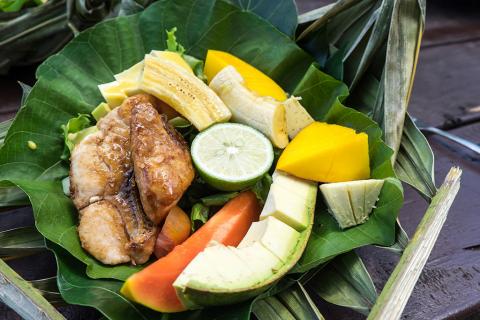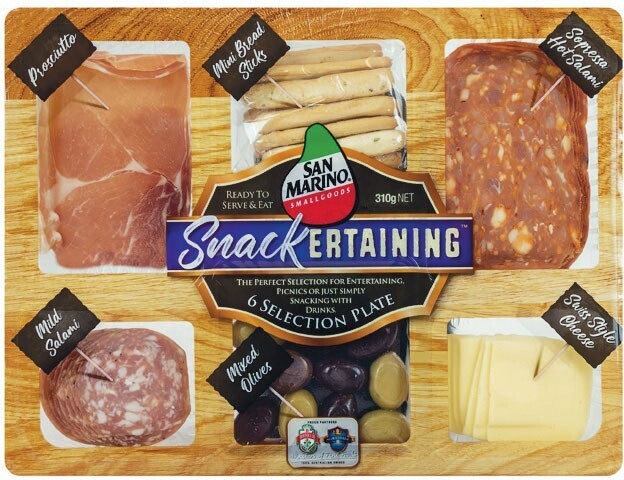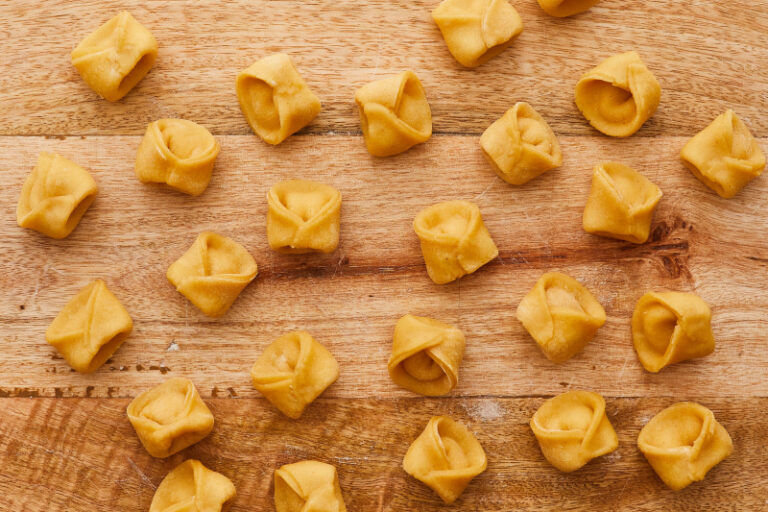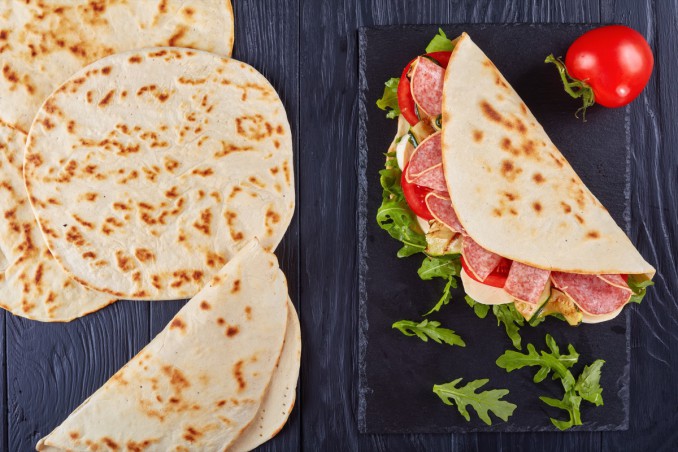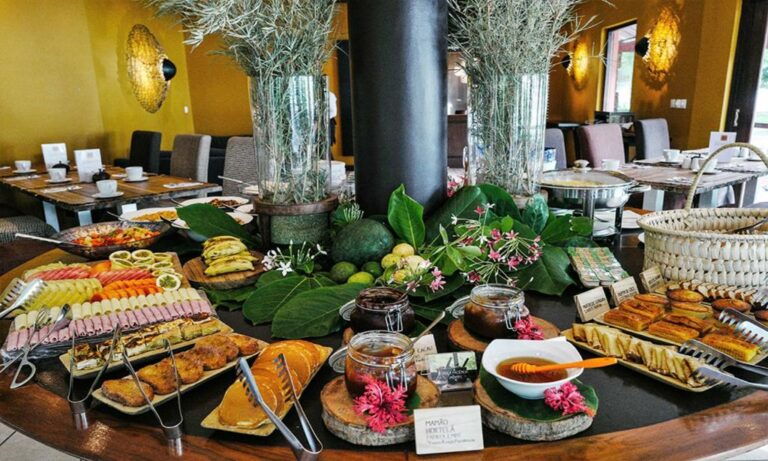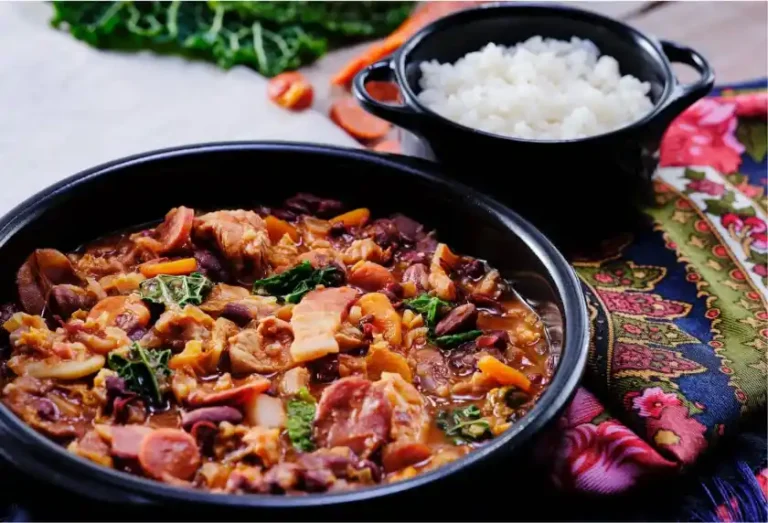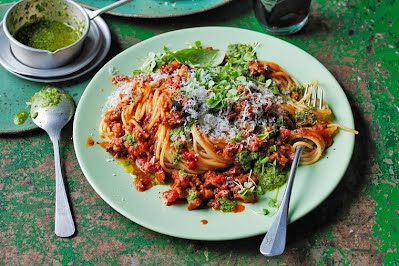Introduction: Samoa’s culinary delights
Samoa has a rich culinary culture that highlights the use of fresh ingredients, coconut milk, and a variety of spices. The traditional Samoan cuisine is a blend of indigenous Polynesian and western influences, and it offers a unique taste that reflects the country’s history and traditions. Samoan dishes are usually simple but hearty, and they often feature seafood, taro, breadfruit, and other locally grown produce. From the classic Palusami to the sweet Fa’ausi, here are some of the most popular traditional dishes from Samoa.
The staple dish: Palusami
Palusami is arguably the most iconic Samoan dish, and it consists of young taro leaves wrapped around cooked coconut cream and onions. The dish is traditionally baked in an umu, an earth oven that uses hot stones and banana leaves to create a smoky flavor. Palusami is usually served with steamed rice or breadfruit and is often eaten as a main course. The dish is rich and creamy, with a slightly bitter taste from the taro leaves that complements the sweetness of the coconut cream. Palusami is a must-try for anyone visiting Samoa and looking to taste the local cuisine.
Another Samoan favorite: Oka I’a
Oka I’a is a fresh and light Samoan dish that features raw fish marinated in lime juice and coconut cream. The dish is usually made with tuna or snapper and is served with chopped onions, cucumbers, and tomatoes. Oka I’a is a popular appetizer that is often consumed at festive occasions, such as weddings or family gatherings. The lime juice in the marinade cooks the fish, giving it a slightly opaque appearance and a tangy flavor. The coconut cream adds a smooth and creamy texture, making Oka I’a an excellent choice for those looking for a healthy and flavorful dish.
Lu’au: the ultimate feast
A Lu’au is a traditional Samoan feast that is often served at special occasions, such as weddings, birthdays, or funerals. The feast usually features a variety of dishes, including Palusami, Oka I’a, roasted pig, taro, breadfruit, and coconut cream. The Lu’au is often prepared in an umu and served on banana leaves, giving it an authentic and rustic feel. The feast is a symbol of Samoan hospitality and is meant to bring people together to celebrate and share food.
Street food: Pani Popo
Pani Popo is a sweet and sticky Samoan treat that is often sold by street vendors. The dish consists of soft and fluffy rolls that are covered in a coconut milk and brown sugar sauce. The rolls are baked until they are golden brown and then soaked in the creamy sauce, giving them a rich and decadent flavor. Pani Popo is a popular snack that is enjoyed by both locals and tourists, and it is often eaten as a dessert or a midday treat.
Desserts to satisfy your sweet tooth: Fa’ausi and Paifala
Fa’ausi and Paifala are two of the most beloved Samoan desserts, both featuring coconut cream and sweet pastry. Fa’ausi is a sticky and sweet dish that consists of coconut cream and brown sugar that is cooked until it thickens and becomes syrupy. The dish is usually served with baked taro or breadfruit and is perfect for those with a sweet tooth. Paifala, on the other hand, is a flaky pastry that is filled with sweet coconut cream and baked until it is golden brown. The pastry has a delicate and nutty flavor that is perfectly complemented by the creamy filling. Both Fa’ausi and Paifala are popular desserts that are often served at festive occasions and are a must-try for anyone visiting Samoa.

